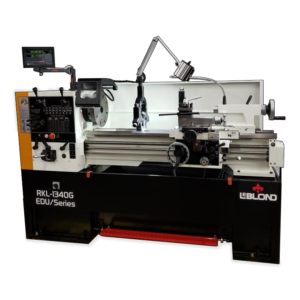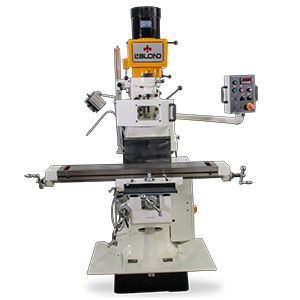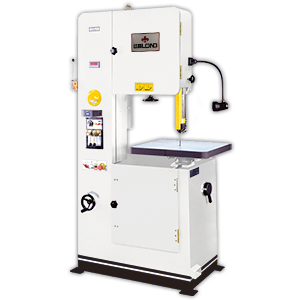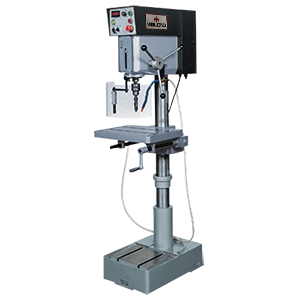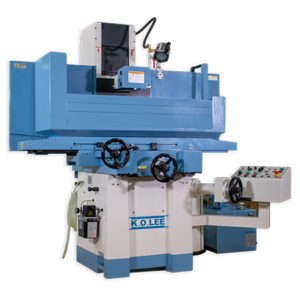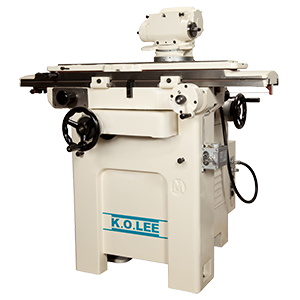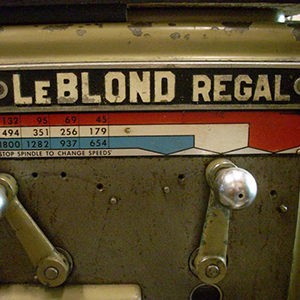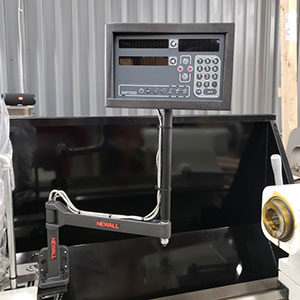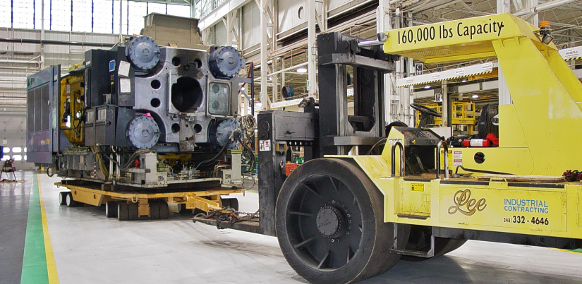You need to move your lathe, grinder or other machine tool and you can’t clone a small army of 20 brother-in-laws to help you out. The best thing to do is to leave this task to professionals and contact a company that specializes in industrial moves like Lee Contracting out of Pontiac, Michigan.
Below are 3 questions with answers compiled from interviews with an industrial moving specialist at Lee Contracting.
1. What do I do first?
The first thing that you need to do is find out the weight of your machine. Find the serial number on your LeBlond lathe or K.O. Lee grinder and enter this information on LeBlond Ltd.’s online Contact Form.
LeBlond will investigate your inquiry and get back to you with your machine’s weight. You will then communicate this information to an industrial mover like Lee Contracting.
Generally, a smaller lathe like the classic Regal weighs between 3-4,000 lbs. while a bigger, heavy-duty machines can be about 10 times that weight.
Based on the machine’s weight, an industrial mover like Lee decides on how many fork trucks are required to transport the machine.
“Longer machines often need two fork trucks (one on each end) while smaller machines tend to only require one,” said Dan Kerr, Rigging Estimator for Lee Contracting. “Of course, different machines have different requirements.”
2. Do we break the machine up into parts before moving?
Nine times out of ten it will not be necessary to break your machine into parts before transporting it. Of course, this depends on the size and type of your machine. Most LeBlond products like a lathe or K.O. Lee grinder will not require disassembling.
“For longer, boxed CNC-style lathes, it can be necessary to disassemble them, but smaller machines rarely require it,” said Kerr. “If the machine has a high motor, it may need to be dissembled to insure safe and stable transport.”
3. Should the fluid be drained from the machines before removal and reinstallation?
Drain the cooling fluid ALWAYS and the engine oil only if it can slosh around.
“Depending on the machine, oil can sometimes be left without draining as long as it is fully contained with no chance of leak,” Kerr observed. “If there is any chance that it will slosh around, the oil needs to be removed.”
Stay tuned in the weeks ahead for Part Two of our Q & A with Lee Contracting on moving your machine tools.
If you’re interested in new LeBlond or K.O. Lee machines or interested in original OEM parts for LeBlond, K.O. Lee, Standard Modern, Johnson Press, Deka Drill and W.F. & John Barnes equipment, call LeBlond Ltd. at (888) 532-5663.

